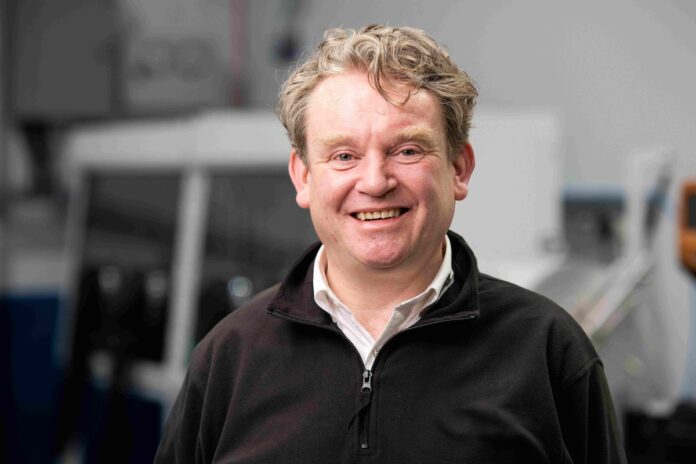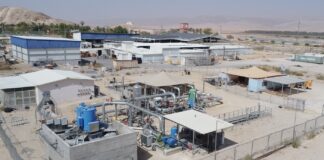Anaphite, a UK battery technology company, today announces the results of a third-party sustainability assessment of its patented dry coating technology platform for battery electrode manufacturing. The independent analysis was carried out by life cycle assessment experts Minviro and found that Anaphite’s technology cuts carbon emissions by 3.57 kg CO2 eq. per kWh of cell capacity1 compared to the wet coating process used for more than 99% of electrode production worldwide.
If wet coating was completely replaced by Anaphite’s dry coating technology for every cell made in 2025, it would save 7 million tonnes of CO2 – the equivalent of planting 320 million trees. Global annual demand is expected to double by 20303, making it imperative that battery manufacturers adopt dry coating as soon as possible to maximise the environmental benefits it offers.
Due to enormous ovens that dry electrodes on a vast scale, wet coating is an energy-intensive process which produces significant carbon emissions. Dry coating processes – which eliminate the drying oven – are the solution, but successful commercial-scale production has yet to be realised. Anaphite’s patented technology platform combines all the key ingredients of a battery electrode into a single engineered material, optimised for high-speed dry coating lines. This unique approach, combined with Anaphite’s dry coating expertise and capabilities, solves the challenges of achieving dry coating at scale, unlocking carbon emissions savings for battery and EV makers.
Anaphite’s CEO Joe Stevenson says: “Wet coating of electrodes is well proven, but manufacturers want it replaced by dry coating because of the carbon footprint improvements and cost reductions it delivers. Our unique dry coating process technology is the solution manufacturers need to make EVs more sustainable. We’re delighted to see its environmental benefits confirmed by Minviro’s independent assessment.
“We’re scaling-up the Anaphite technology platform at our facility in the UK and deepening our in-house dry coating capabilities and expertise. We are working in close collaboration with the global automotive industry to bring dry coating to market.”
EU Battery Passport regulations will be mandatory from 2027 for EV and industrial batteries over 2 kWh. Under this framework the total carbon footprint of each battery placed in the EU market must be reported via LCA. For a 75 kWh battery pack, commonly found in many compact- and midsize EVs, Anaphite’s dry coating technology can deliver a 268 kg CO2 eq. saving.
Though carbon saving targets and emissions boundaries have yet to be set for this legislation, it is clear that battery manufacturers must innovate in their manufacturing processes to reduce emissions. For cell makers and OEMs, adopting Anaphite’s dry coating technology platform to significantly reduce the carbon emissions of electrode manufacturing could provide a competitive edge for meeting legislative targets.
Minviro’s assessment of the carbon savings offered by Anaphite’s technology platform are compliant with the ISO-14067 standard for carbon footprint calculation and was critically reviewed by independent experts with extensive LCA and battery manufacturing expertise. Furthermore, the climate change characterisation model used to calculate climate change impacts (IPCC2021 GWP100) aligns with that proposed for the incoming EU battery regulations.

Lydia Bridges, Senior Consultant at Minviro and lead on this project, adds:
“Collaborating with Anaphite on this study has been a great example of how rigorous, transparent assessment can translate innovative process design into quantifiable results. Our independent analysis identified a clear reduction in carbon footprint for Anaphite’s dry coating process compared with conventional wet coating, using ISO-aligned methods and critical review. Studies like this that follow the Environmental Footprint (EF) method provide essential environmental data for cell manufacturers, as this method forms the basis of the EU Battery Regulation carbon footprint quantification.”This work was part of a Feasibility Study project funded by a grant from the UK Government under the Automotive Transformation Fund (ATF), facilitated by the Advanced Propulsion Centre UK. The Feasibility Studies competition aims to produce decision-ready business cases in preparation for projects to develop large-scale manufacturing facilities in the UK.




















